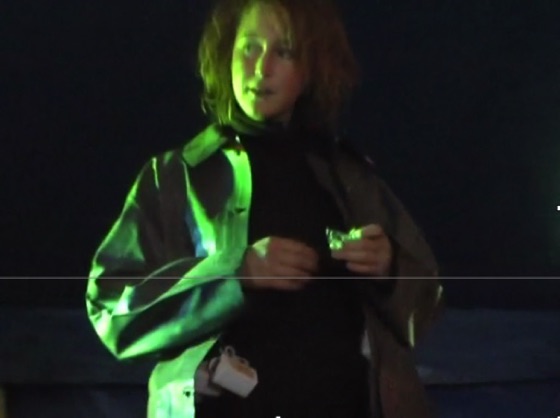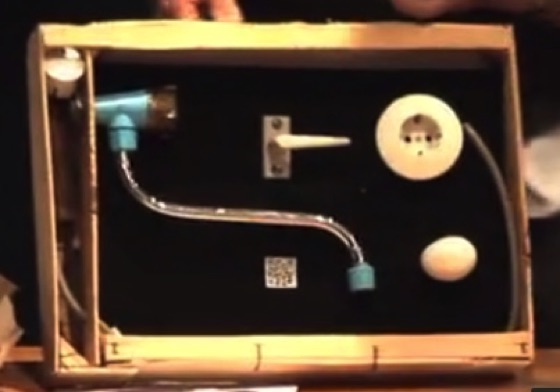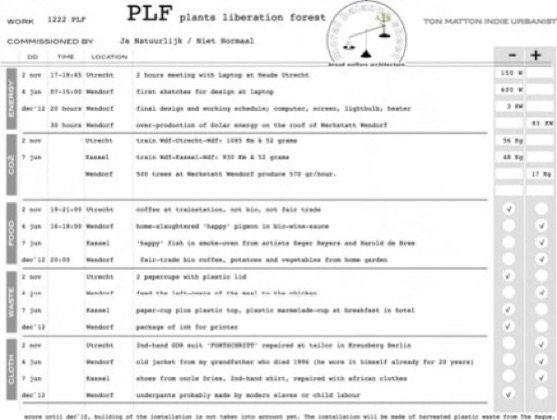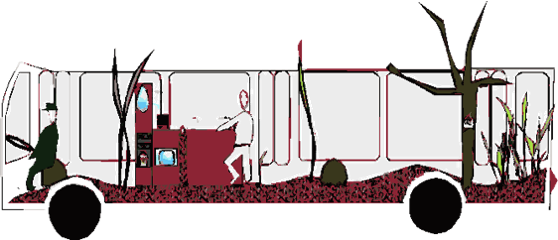indie urbanists
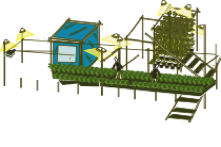
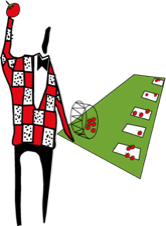
a simple house in Almere
for Stichting Vedute © 2017
This standard GDR house was dismantled in Mecklenburg Vorpommern by Chinese workmen, transported to Almere by Polish lorry drivers and rebuilt in Almere by its future occupant, with the help of numerous friends and family, in an East German DIY style.
The vegetable box symbolizes the production of Well Being; no longer as a consumer outsourcing responsibility, but rather as a producer retaking control of life with all its decisions.
Foundation Vedute collects representations of space, as a visualized idea, in a three-dimensional object in the strict programme of 44 x 32 x 7 cm. Vedute was founded in 1991. At this moment the collection consists of 218 manuscripts that are housed at the Nederlands Architectuur Instituut, HNI in Rotterdam.
kies tomaten voor je geld
(choose tomatoes for your money)
A morele give-, exchange-, play- and informal- economy on the Afrikaandermarkt, Rotterdam; Tomato plants, Tomato Lamps, Tomato Chairs and Tomato Jackets.
Tomato Bingo
Ton Matton, Marjolein Meijers, Ellie Smolenaars for Jeanne van Heeswijk / Freehouse/Kosmopolis, Rotterdam © 2009
The winner of climate change
MattonOffice featuring Bernadette LaHengst for Park Lingezegen / Province of Gelderland © 2007
BosBus a mobile nature preserve
MattonOffice at Rotterdam Architecture Biennale © 2003
Strom Ab a day without energy at Wismar University
Wismar © 2009
Freiburg © 2006
Surviving the Suburb Fashion Show
Ton Matton with students HfbK Hamburg for Wimby Hoogvliet, Rotterdam© 2007
Moral Balance Sheet the permanent revolution of a better human being in yourself
Ton Matton © 2010 - 2013
PLF Plants Liberation Forest
Ton Matton with Björn Ortfeld for Ja Natuurlijk, Den Haag © 2013
Konspirative Küchen Konzerte
Technical Paradise at Venice Architecture Biennale
MattonOffice; Ton Matton, Björn Ortfeld, Martin Luce, Rafal Wamka Venice © 2017
Currently, questions arising from growing ecological problems are widely commented upon and criticised within architectural circles. Ever more artists, architects, planners and designers are attempting to define a position on the ecological and social complications of the contemporary city. As these matters are discussed, they become part of the broader context of problems within contemporary architecture which relate to such seemingly threadbare and yet very current concepts as mobility, identity, and globalisation.
This tendency also provides a home for the works of the German artist Ton Matton. He is an artist who consistently provokes discussion on the condition of the city and the role of the architect and artist as one who works with its substance. Matton shows that the border between architecture and art is fluid. The artist designs installations and small designer objects in which he implements the concept of planning ecological cities. Last year, he published a book entitled ‘Surviving the Suburb’, in which he investigates the possibility of a ‘semi-autarkic’ lifestyle in the suburbs.
One of Matton’s recent projects is ‘Technical Paradise’, which was part of the 'Updating Germany' collective exhibition at the 11thArchitecture Biennale in Venice(1). In the curatorial article for the exhibition, it said that the works selected for the exhibition were not so much finished projects or universal remedies, but rather "small steps in the right direction"(2) and showed that architecture, in terms of that which is “outside building”, can assist in the requisite shaping of our reality. ’s project concentrated on the investigation of the co-dependence between humanity and the space of the city. He shows their strong coexistence and dependence which merge in one coherent organism forming a membrane between the human body and the chronotypical inscription in the structure of the metropolis.
‘Technical Paradise’ is a proposal for a new public space based on the disappearance of the physical borders between space and organism. The artist created an installation comprising 50 fruit trees which were located in a specially-designed construction. Each tree is suitably lit and linked to a drip through which green liquid passes. In this way, Matton arranged an illusory “lost paradise”. He achieved his effect using the young apple trees linked to drips symbolising the synthesis of traditional rural life and the contemporary 'hyper' lifestyle
And so, the titular “Technical Paradise” is a tool which allows the intensification of the senses and sharpens the experience of reality in a specific way.
Marcin Szczelina
1. 11thArchitecture Biennale in Venice, theme: Out There. Architecture beyond building, Director Aaron Betsky. ‘Updating Germany’ exhibition in the German Pavilion, curators Friedrich von Borriesand Matthias Bottger.
2. For: Friedrich von Borries, Matthias Böttger, Updating Germany [in:] Updating Germany. 100 projects for a better future, ed. Sophie Lovell, sn.
4 scenario‘s turned out to be favourite:
1 stay at home where electricity is around
(boring, you missed the party)
2 try to produce electricity yourself
(complicated, a christmas tree on lemon-ball electricity)
3 use energy from neighbors, or use yesterdays-energy
(bring spool or battery)
4 enjoy a day without energy
(relaxed, funny and social)
For some years I was running my moral balance sheet. A research, as Christopher Dell formulated it in Venice Biennial, to the permanent revolution of a better human being in yourself (die permanente Revolution des besseren Menschen an sich selbst)
My energy consumption for making this website I calculated at 2530 Watt (23 hours laptop á 50 Watt, and a light bulb of 60 Watt. I produced 3800 gram of CO2 in the wood-oven, I drank 13 cups of coffee from my Kentucky Coffee Bar, which is bio, fair trade and recycles the coffee grounds. I ate some bread with cheese, which was not fair trade, and with home made marmalade. I was wearing a second hand costume, made in GDR, no child labour involved and loads of them on the garbage heaps. Also 2nd hand shoes, and bio cotton underwear. But my socks are with some nano technique, which kills the bacteries that make my foot smell. Unfortunately not only in my shoes, but when i wash them this nano comes in the water treatment plant. kills the bacteries which clean the water as well, thus my not smelling feet causes dirty rivers!

